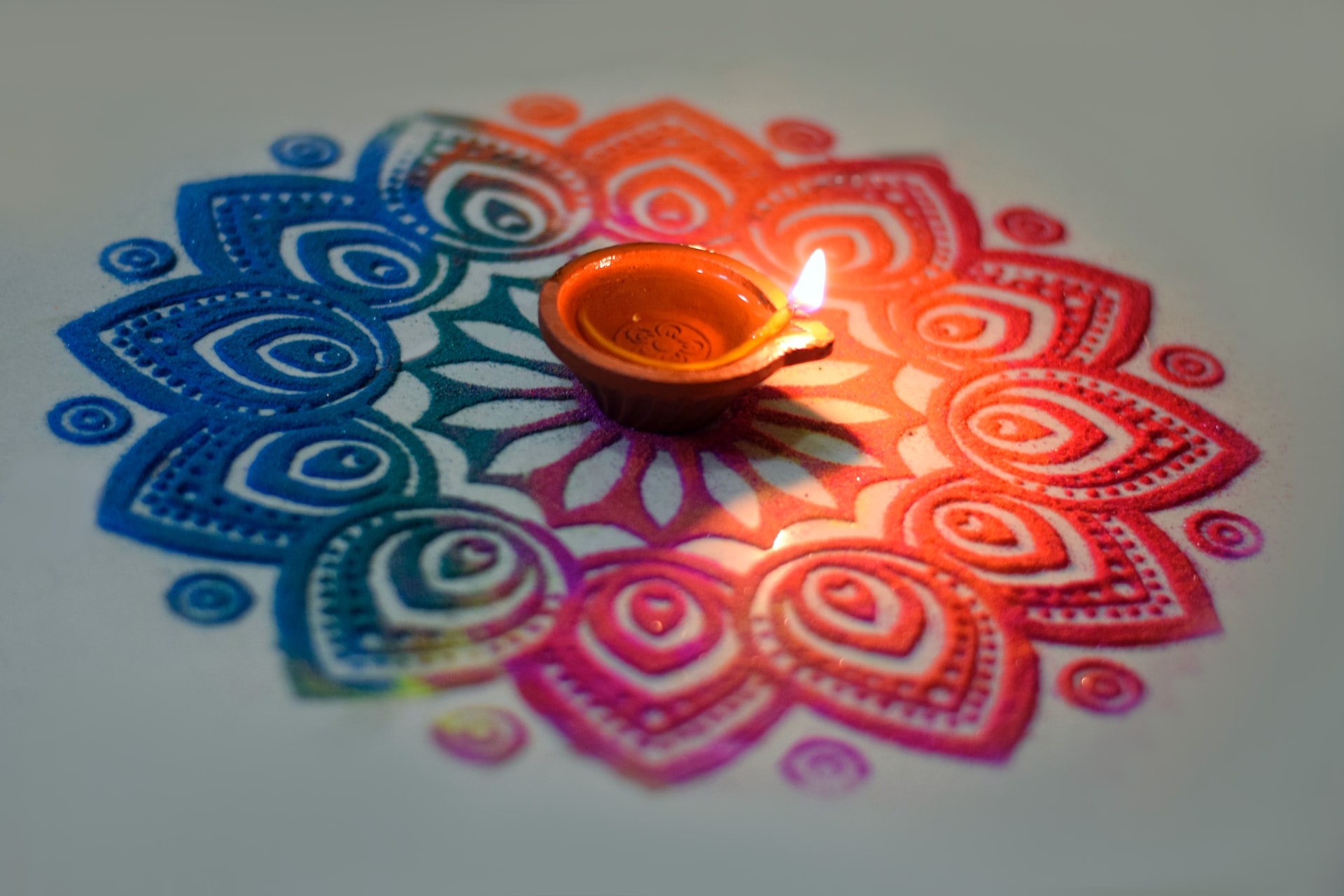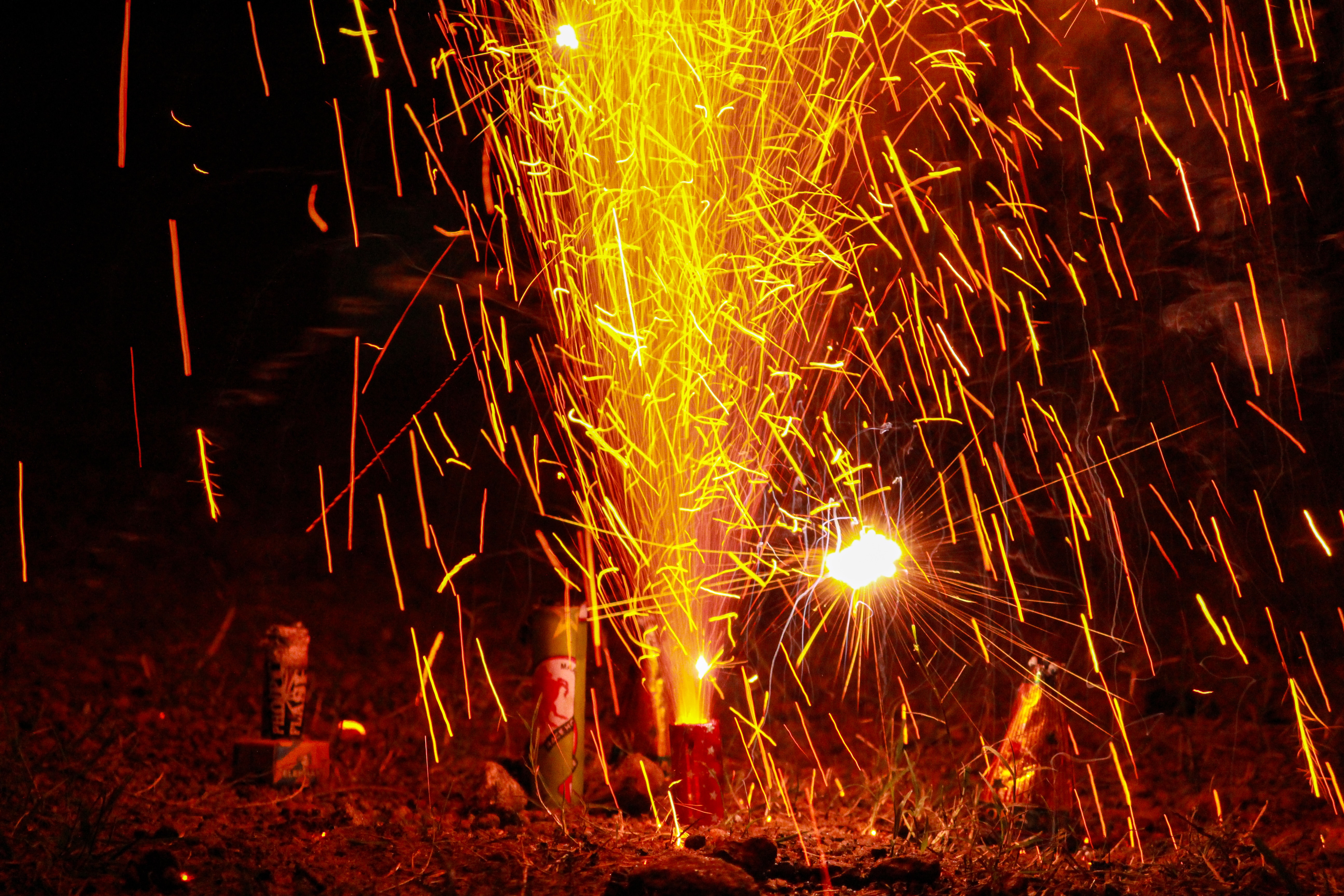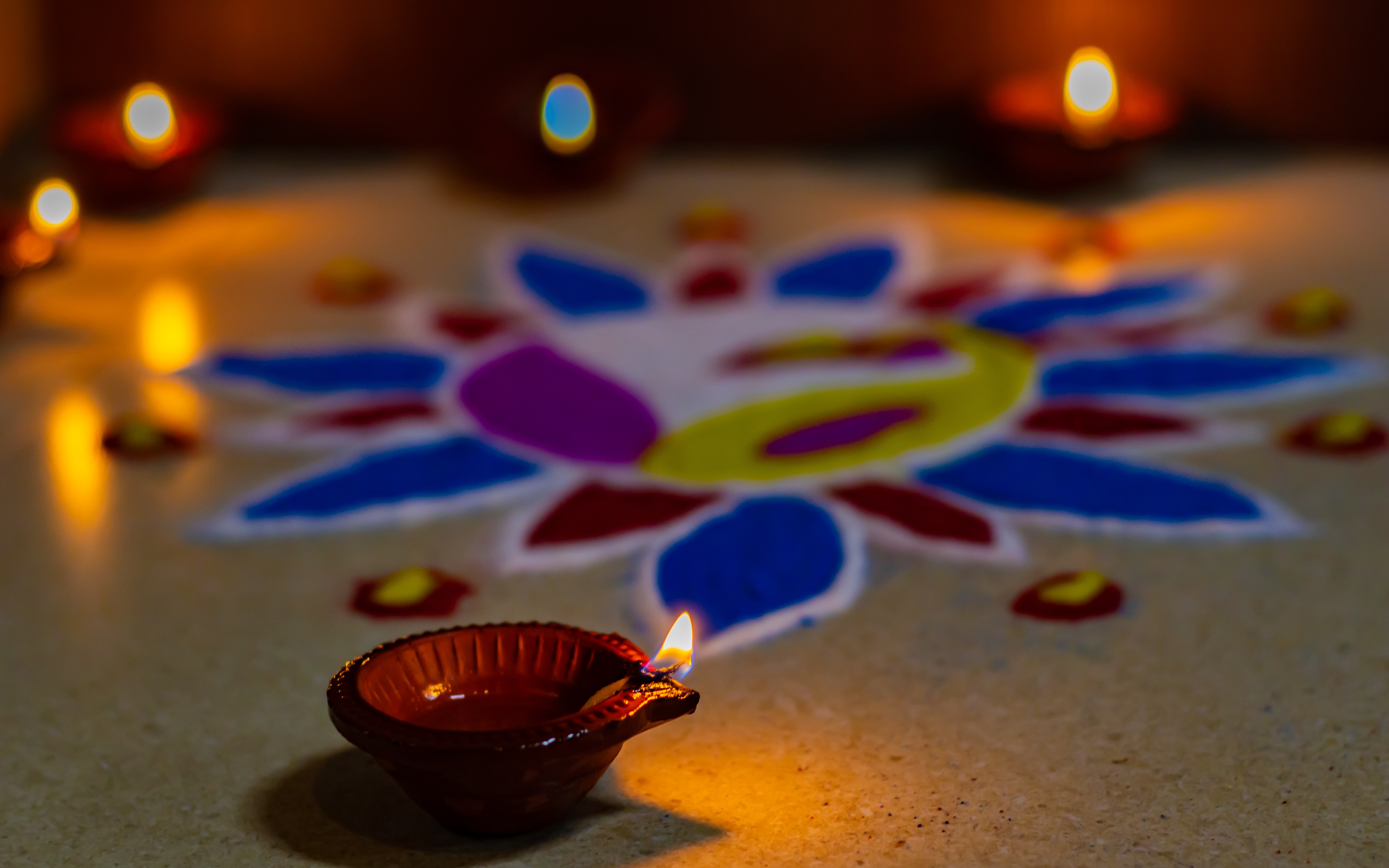CBSE Guide: Green Diwali Tips, Poster Ideas & Speech for Students
Diwali, also known as the Festival of Lights, is one of India's most celebrated and vibrant festivals. As environmental awareness grows, many families and students are adopting new, eco-friendly ways to celebrate Diwali 2025.

Also Read: 5 Magic Days of Diwali
What is Diwali & When is it Celebrated in 2025?
Building on the importance of eco-friendly celebrations, it is essential to understand what Diwali signifies and its timing in 2025. Diwali marks the victory of light over darkness and good over evil, and is observed with much fervor across India.
In 2025, Diwali will be celebrated on 21st October. The festival typically spans five days, each with its unique rituals and cultural significance. Students and families gather to enjoy decorations, sweets, prayers, and togetherness, while increasingly considering the environmental impact of their festivities.
History & Cultural Context of Diwali
From the knowledge of Diwali dates comes the need to understand its deep-rooted history and cultural context. Diwali originates from ancient Hindu mythology and is referenced in several epic tales.
Traditionally, Diwali celebrates Lord Rama's return to Ayodhya after 14 years of exile and the defeat of Ravana. Across communities, it also honors Goddess Lakshmi, the goddess of wealth, and Lord Ganesha, the remover of obstacles. These beliefs shape the festival's diverse customs across India.
Also Check: Pollution Free Paper Crafts for Diwali
Significance of Eco-friendly Diwali for Students
Understanding why Diwali matters leads us to its contemporary relevance, especially for young people. For students, an eco-friendly Diwali offers both personal enrichment and an opportunity for responsible citizenship.
Celebrating Diwali sustainably helps students reflect on their impact on the environment and develop mindful habits. Opting for green practices can reduce pollution, protect health, and allow everyone to enjoy a safer, more inclusive festival experience.
Customs & Eco-friendly Rituals of Diwali
After exploring why eco-friendly values are essential, let's look at how they can blend with traditional Diwali customs and rituals. Each ritual can be practiced with a green approach.
Cleaning & Decorating Homes: Purpose: Invokes new beginnings and prosperity. Use natural colors for rangoli (like turmeric, rice, or flowers), and handmade decorations from recycled materials for a sustainable touch.
Lit Diyas & Lamps: Purpose: Symbolizes victory of light over darkness. Choose clay diyas or LED lights over electric bulbs and avoid single-use plastic or non-biodegradable decorations.
Prayers & Puja: Purpose: Seeks blessings from deities. Use organic incense, flowers, and non-toxic items; respect cultural etiquette by dressing modestly and participating attentively.
Sharing Sweets & Gifts: Purpose: Spreads joy and reinforces bonds. Opt for homemade sweets and reusable or minimal packaging; avoid plastic gift wraps.
Social Visits: Purpose: Strengthens community ties. Behave considerately, greet elders, and respect diverse customs; choose public transport or carpool for visits where possible.

Regional Celebrations of Diwali Across India
Exploring rituals in depth reveals how Diwali celebrations differ by region, reflecting India’s vast cultural diversity. Eco-friendly adaptations are being adopted in various states and communities.
North India: Diwali marks Lord Rama’s return; lighting candles and diyas, making rangolis, and eco-conscious street fairs are common. In Uttar Pradesh, the city of Ayodhya is renowned for record-breaking diya lightings using natural materials.
Western India: In Maharashtra and Gujarat, families perform Lakshmi Puja and a special Padwa ritual; communities increasingly favor traditional rangolis and avoid firecrackers.
Eastern India: Bengalis worship Goddess Kali (Kali Puja) with eco-friendly idols and organic offerings. Sweets are often homemade, and plastic use is discouraged.
Southern India: In Tamil Nadu, Andhra Pradesh, Karnataka, and Kerala, the focus is on Naraka Chaturdashi; natural herbal oils and homemade snacks are favored, and eco-sensitive decorations are popular.

Eco-friendly Diwali Tips, Safety & Etiquette (CBSE Guide)
Building on the diversity of celebrations, let’s explore practical guidance for a safe, eco-conscious Diwali. These tips align with CBSE values and help everyone celebrate responsibly.
Say no to Fireworks and Crackers—choose soundless alternatives like laser or light shows, music, dance, or simple sparklers in open, supervised spaces.
Prioritize Biodegradable Decorations; create eco-friendly posters and rangoli with natural colors, flower petals, or pulses.
Conserve energy by using LED or solar-powered lamps and switching off extra lights after the celebrations.
Practice Inclusivity: ensure neighbors, pets, and vulnerable groups are comfortable; avoid loud music, and respect cultural sensitivities.
Balance Study and Celebration by Planning Ahead; finish assignments early and set aside quiet time during busy festival days.
Safely Dispose of Waste; use community bins, compost organic remains, and avoid burning trash after festivities.

How to Participate in an Eco-friendly Diwali (Step-by-Step)
With these eco-friendly tips in mind, here's a simple guide for students and families to actively celebrate a green Diwali in 2025.
Plan your decorations in advance using recycled and natural materials.
Organize a community clean-up before and after Diwali.
Prepare traditional sweets and snacks using local, seasonal ingredients.
Arrange group pujas and cultural programs emphasizing green themes.
Share awareness by making eco-friendly Diwali posters and presenting green Diwali ideas in your school or neighborhood.
Express gratitude by sending digital or handmade greeting cards instead of paper ones.
Quick Recap: Key Takeaways for Eco-friendly Diwali (CBSE Guide)
Reflecting on all aspects covered, celebrating a green Diwali in 2025 combines tradition with responsibility, creating lasting memories that are kind to both people and the planet.
Diwali is a cherished festival that can be enjoyed sustainably without crackers.
Students have a vital role in shaping eco-friendly celebrations at home and in school.
Small changes—thoughtful decorations, reduced waste, and safety practices—help protect our environment for future generations.
FAQs on How to Celebrate an Eco-Friendly Diwali Without Crackers
1. What is an eco-friendly Diwali?
Eco-friendly Diwali means celebrating the festival of Diwali using methods and materials that do not harm the environment. Key ways include:
- Lighting oil diyas and candles instead of crackers
- Using natural or LED lights to save energy
- Decorating with handmade or biodegradable materials
- Encouraging green gifting and reducing plastic use
- Spreading awareness about pollution-free celebrations
2. Why should we avoid crackers during Diwali?
We should avoid crackers during Diwali because they cause serious environmental and health problems:
- Increase air and noise pollution, harming people and animals
- Worsen respiratory diseases like asthma
- Release toxic chemicals into the air and soil
- Break government safety guidelines for a clean environment
3. How can students celebrate Diwali in an eco-friendly way?
Students can make Diwali celebrations eco-friendly by following these simple steps:
- Use clay diyas instead of firecrackers
- Decorate homes with flower rangoli and natural colours
- Gift plant saplings or reusable items
- Encourage group prayers and family time
- Organise or participate in school awareness campaigns
4. What are some eco-friendly Diwali decoration ideas?
Eco-friendly Diwali decorations combine tradition with sustainability:
- Rangoli using flower petals or rice powder
- Handmade torans from recycled paper or cloth
- Reusable lanterns and diyas
- Natural leaf garlands
5. Give 5 ways to celebrate Diwali without crackers.
Here are 5 ways to enjoy Diwali without crackers:
- Light tradition diyas and candles
- Organise family pujas and group meals
- Gift plants or indoor saplings to friends and relatives
- Make handmade greeting cards
- Participate in school art/poster competitions promoting Green Diwali
6. What is the impact of firecrackers on the environment?
Firecrackers have a negative impact on the environment in several ways:
- Release harmful gases like carbon dioxide and sulphur dioxide
- Increase particulate matter in air, causing smog
- Pollute soil and water with chemical remains
- Disturb wildlife and pets due to noise
7. How can students spread awareness about eco-friendly Diwali in schools?
Students can promote eco-friendly Diwali in their schools by:
- Presenting speeches or essays about Green Diwali
- Making posters and drawings with eco-friendly messages
- Organising street plays or skits on pollution-free celebrations
- Participating in school rallies or campaigns
- Encouraging friends and teachers to adopt safe practices
8. What are some catchy slogans or quotes for Green Diwali?
Popular slogans and quotes for eco-friendly Diwali include:
- "Burn diyas, not crackers!"
- "Celebrate a Green Diwali for a brighter tomorrow"
- "Say no to pollution, say yes to nature"
- "Let’s make Diwali sparkle—without smoke"
9. What are some easy poster ideas for an eco-friendly Diwali competition?
For a Green Diwali poster, students can try:
- Drawing diyas and plants with positive messages
- Creating no-cracker symbols
- Illustrating families celebrating with nature-friendly traditions
- Adding short slogans and bold colours
10. What important message should students remember about Diwali 2025?
The key message for Diwali 2025 is to celebrate the festival with joy and responsibility by protecting the environment. Students should:
- Opt for eco-friendly practices and avoid pollution
- Respect traditions while caring for the earth
- Be role models and inspire others to go green
11. How is Diwali celebrated in different regions of India in eco-friendly ways?
Various regions of India have unique eco-friendly Diwali customs:
- South India uses oil lamps and flowers
- East India celebrates with community feasts and minimal fireworks
- Some places in West India decorate with clay diyas and handmade rangolis
- Many schools and groups nationwide promote Green Diwali campaigns
12. What safety tips should be followed during eco-friendly Diwali celebrations?
For a safe and enjoyable eco-friendly Diwali, students should:
- Light diyas carefully away from flammable items
- Use natural, skin-safe rangoli colours
- Avoid synthetic decorations that can cause harm
- Wash hands after art, craft, or decoration work
- Supervise younger children during celebrations







